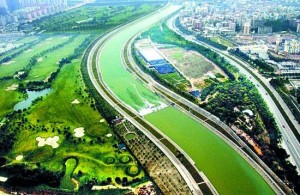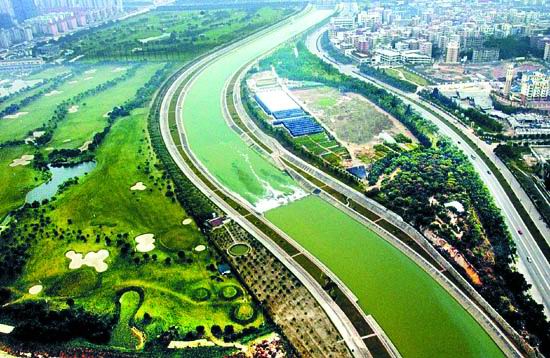 Track2Realty Exclusive: The remarkable difference in export performance of China vis-à-vis India over the last two decades compelled India to look at its northern neighbour for successful strategies. One of the key strategies leading to the Chinese success was setting up of Special Economic Zones (SEZs) since 1980. SEZs became the drivers of China’s massive export surge and today, the 5 major Chinese SEZs account for a cumulative FDI of approx. $70 billion, generate 20 per cent of China’s total exports and provide direct employment to over 8 million people.
Track2Realty Exclusive: The remarkable difference in export performance of China vis-à-vis India over the last two decades compelled India to look at its northern neighbour for successful strategies. One of the key strategies leading to the Chinese success was setting up of Special Economic Zones (SEZs) since 1980. SEZs became the drivers of China’s massive export surge and today, the 5 major Chinese SEZs account for a cumulative FDI of approx. $70 billion, generate 20 per cent of China’s total exports and provide direct employment to over 8 million people.
India’s tryst with SEZs, following trial and error with Export Processing Zones (EPZs) since 1965, much before the advent of SEZs in China still faces teething problems. Track2Realty investigates India’s tryst with Chinese model that left many core issues unaddressed.
What does SEZ stand for in the Indian context? The answer depends on which side of the table one stands and right from Special Economic Zone meant to promote exports to plain real estate opportunities and money laundering to tax benefits; it has meant different things to different stake holders.
The policy ambiguity has not helped the cause either and many seem to believe just by getting into the SEZ project would mean bypassing all other laws of the land governing the real estate, taxation and exports. Hence, even after seven years post the SEZ Act, 2005, only one-fourth of 587 SEZs approved by the government to boost exports has become operational.
Commerce and Industry Minister Anand Sharma has admitted in the Rajya Sabha early 2012 that the government had approved 587 SEZs, of which 380 have been notified. The number of operational SEZs is 154 25.43 per cent of the approved special zones. The number has gone up to only 160 by the end of 2012.
“SEZs account for 25 per cent of India’s export earnings,” Sharma said, adding SEZs were set up to encourage investment and exports. The total value of concessions available in SEZs was Rs 8,614 crore while those in non-SEZ areas was about Rs 50,000 crore, he said.
Already an investment of Rs 2,31,159 crore has been made in SEZ projects since the SEZ Act came into force in February 2006. In the last three years, more than a quarter of the country’s exports have come from SEZs. Exports from SEZs rose from Rs 22,840 crore in 2005-06 to Rs. 3,64,478 crore in 2011-12. They also provide direct employment to over 8,15,000 persons (as of September 2011) and about 680,000 jobs have been created since 2006. Apart from the foreign exchange earnings, SEZs have also created a significant local area impact in terms of indirect employment and, changes in consumption pattern.
Next: Statistics misleading with India’s SEZs





